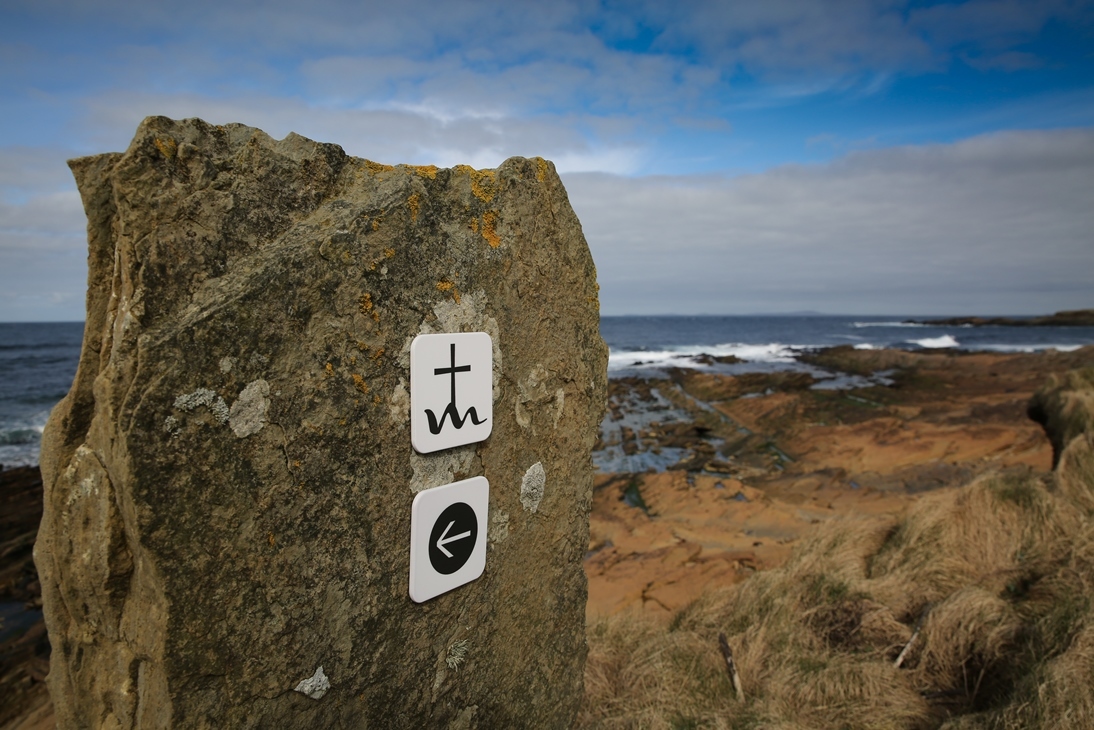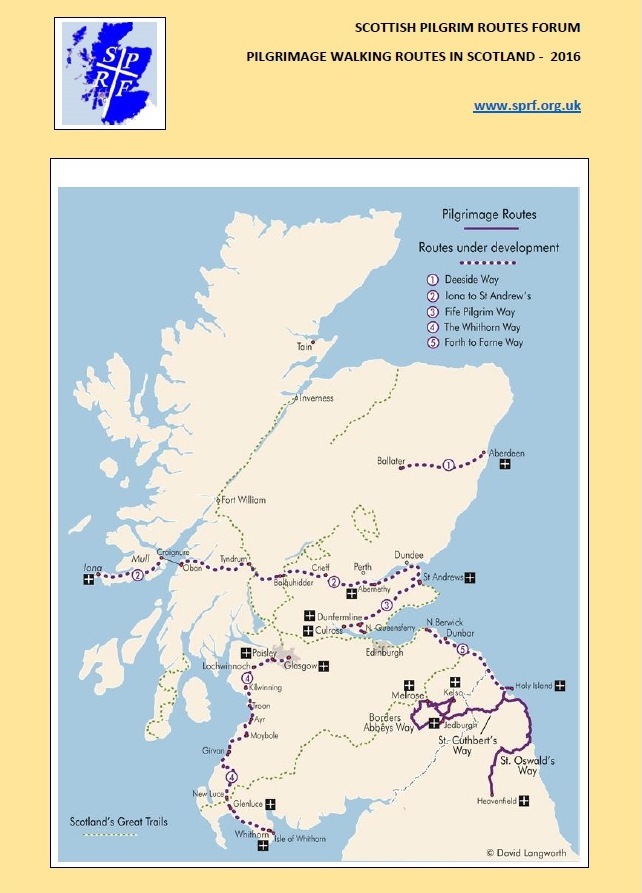Fife is at the forefront of new efforts by the Church of Scotland to raise the ancient practice of pilgrimage’s profile across the country.
Europe’s most famous pilgrimage route, the Camino de Santiago in Spain, attracts 250,000 pilgrims annually, up from just a few thousand during the 1970s.
The tradition is seeing a massive resurgence in Scotland with six major pilgrimage routes under development and enthusiasm for spiritual journeying rising every year.
Last month the National Lottery announced new funding of £399,000 to develop the Fife Pilgrims Way, a 70-mile route that will travel from Culross and South Queensferry to St Andrews.
On Easter Sunday, which will mark the 900th Anniversary of St Magnus’ death, a new pilgrimage route in his honour will be launched in Orkney.
Rev Dr Richard Frazer, convener of the Kirk’s Church and Society Council. believes pilgrimages offer a genuine and meaningful spiritual pathway for modern-day Christians.
“Worship comes in many forms and pilgrimage is one of them,” Dr Frazer says.
“The habits of Sunday morning services, as noble and as good as they are, do not necessarily reach people who have a profound spiritual hunger but have never developed those habits.
“People who walk the Camino may not be conventionally religious, but very few who reach Santiago de Compostella would deny the journey there was a spiritual experience.
“In a time when the Church is looking for new ways to touch the hearts of all people, pilgrimage is a very powerful tool.”
Nick Cooke, secretary of the Scottish Pilgrim Routes Forum, said the new Fife route will bring tourism to rural communities that need a boost.
“Fife was a huge pilgrimage centre in the Middle Ages and by bringing walkers and cyclists to the middle of Fife this route will help revive some vulnerable rural communities,” he noted.
From an idea in Autumn 2015, the St Magnus Way pilgrimage route quickly took on a life of its own.
A range of groups have already granted funding to the project, including the European LEADER fund, the Society of the Friends of St Magnus Cathedral, the Society in Scotland for Propagating Christian Knowledge, the local community council, Tesco and the Church of Scotland.
As well as placing waymarkers along the route, the Orkney Pilgrimage group is developing a phone app which will link to Bluetooth beacons that tell the story of St Magnus and provide background on places to stay or to find refreshment.
The importance of pilgrimage
In the first centuries AD Jerusalem and other Biblical sites quickly became a destination for early Christians.
Known as the People of the Way, those first Christians were instructed to journey so that they might spread the good news.
They obeyed and over centuries the missionary saints became legends.
Saints and their exploits became associated with special places: St Columba and Iona; St Ninian and Whithorn; St Cuthbert and Lindisfarne; St Magnus and Orkney; St Mungo and Glasgow; St Andrew and St Andrews.
During the Middle Ages when pilgrimage was practised throughout Europe these places became important sites for worshippers.
The streets of St Andrews were specially designed to accommodate the crowds of pilgrims who travelled there.
But during the Reformation people rebelled against abuses such as selling pardons for sins and making money from supposedly sacred objects like pieces of saints clothing, locks of hair or bones.
Reformers viewed pilgrimages as superstitious and discouraged them, and they fell out of favour across Europe for a time.
Yet the idea never went away. John Bunyan’s Pilgrim’s Progress, for example, viewed pilgrimage as a metaphor for the challenges we face on our pathway through life.

